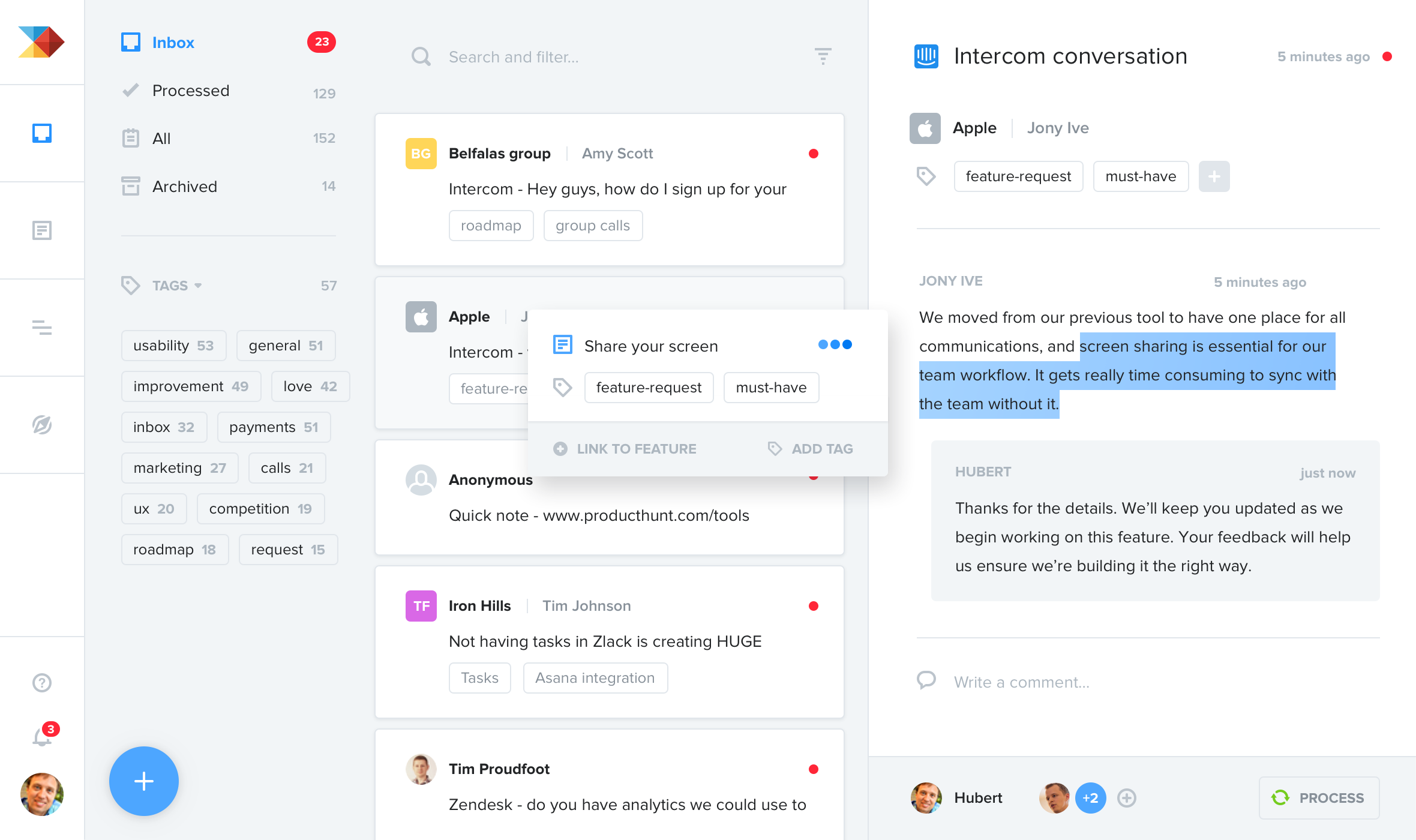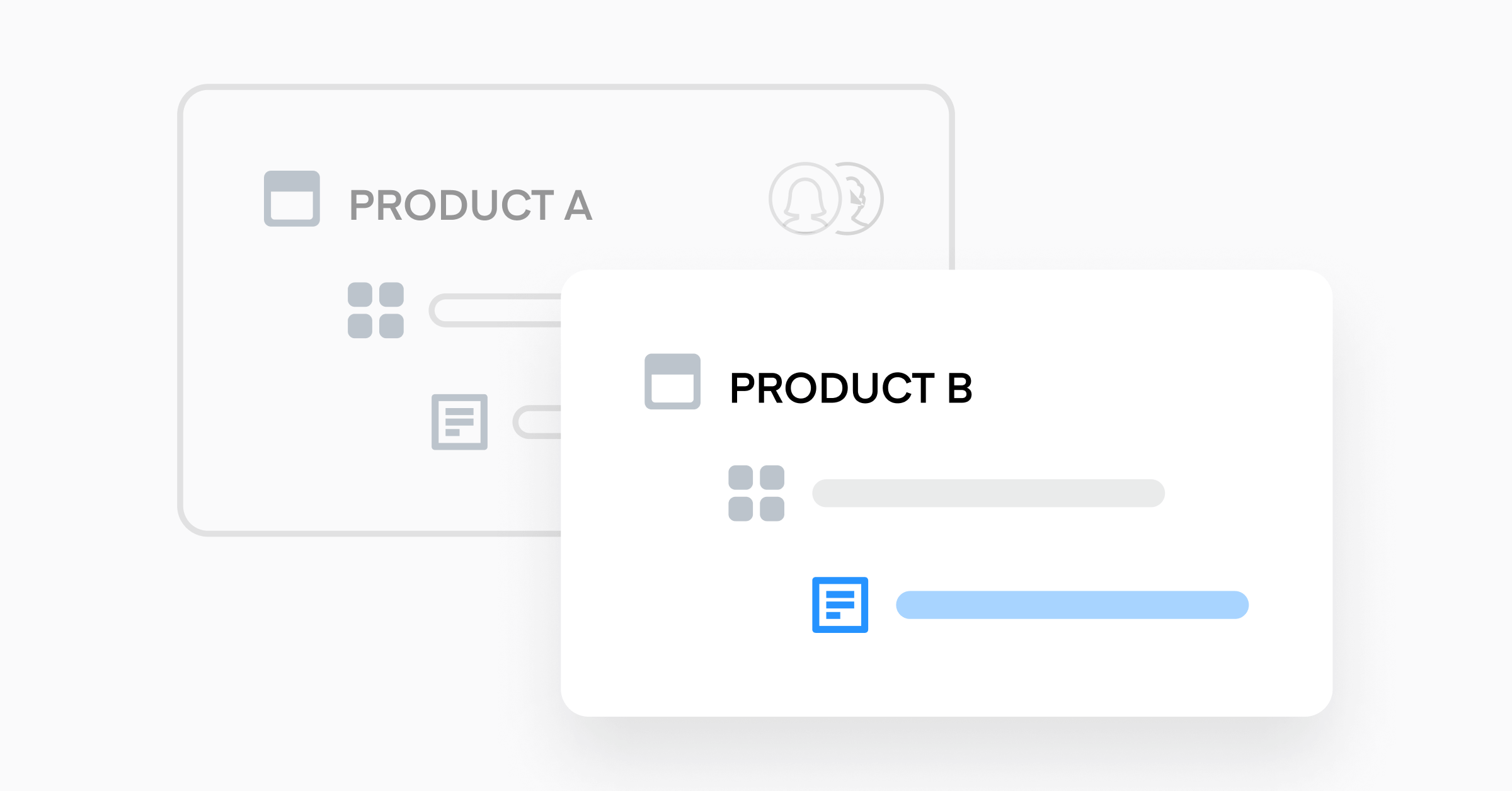Product Backlog Management Tips

As a product manager, you take the lead on delivering products that delight your customer. To do this, you focus on the needs of your customers, prioritize what features to build, and create a roadmap that aligns your company. Of course, there are many other responsibilities that come with product management and ownership.
One of the biggest challenges a lot of product teams face is one that I faced earlier in my career: managing an overwhelming backlog.
Product backlog management tips
If you’ve managed a product at a company of any size, you know what a typical backlog looks like:
- Hundreds of items (if you’re lucky — backlogs get big, fast)
- Feature requests from internal teams, customers, partners, and more
- New feature ideas from product team members
- De-scoped improvements
- Bugs of all levels of severity
- UX issues of all sizes
Also, some of these items overlap with one another, making backlog management even more complicated. Since backlogs are often stored in some project or engineering management tools, it makes them even harder to manage and be proud of. Imagine onboarding your bright new product manager and exposing them to this mess.
Adopt a product management mindset for managing your backlog
When we think about how to reduce (or altogether eliminate) our backlog, it’s easy to hit a hurdle because we often think in terms of engineering tools and processes. Of course, there will always be bugs and some piece of code to make the product better in some way. But that’s not what we’re talking about here.
Engineering or project management tools like Jira are great for managing engineering stories and tasks, but they’re not quite suited for product management. In fact, when you sign up for Jira, they ask what your role is, but there’s no mention of product manager. That’s why it’s helpful to use a framework and tool for backlog management that more aligns with the product management workflow.
When you look at that crazy list of backlog items, look at them as inputs into your process because that’s what they are. You need a better way to manage those inputs. It doesn’t matter if you spend over 60 hours a week, reply to every item, and have a Marie Kondo joy sparking session every week with your colleagues. Everyone is eventually going to be frustrated because you don’t have a scalable process for working with all these inputs.
How the pillars of Product Excellence can help with backlog management
Let’s take a look at Product Excellence and how it can help you manage inputs.

Start with deep user insights because your inputs begin here. If you have a limited understanding of what your users need, you’re not going to be able to understand all the insights related to a particular product topic. If you do have a solid grasp of deep user insights, then you’re closely managing all the inputs into your process.
From your insights, you create and prioritize your features. If you don’t have a good prioritization process or if you’re making gut decisions, then you probably can’t convey the impact of a feature idea. If you do have a tight prioritization process, then you’re connecting the feature ideas, based on your inputs, to clear objectives.
Finally, your roadmap needs to align everyone. If your roadmap is built on poor prioritization and faulty insights, then it’s completely disconnected from your users. However, if your roadmap clearly communicates features prioritized on user needs, you can align your organization around it to deliver an amazing product experience.
So we can see that Product Excellence connects our inputs to the product experience we deliver.
Getting to backlog zero!
To start clearing out your messy backlog, the first thing you need to do is separate your engineering development backlog from your product backlog. Make sure to place them in the appropriate tool where your engineering teams work.
Now, you need to focus on the remaining inputs, such as feedback, UX issues, deprioritized improvements, etc. from customers and other stakeholders. What often happens is that these remaining inputs sit in a feature backlog because there is no better way to categorize them in many tools. To better make use of them, you should store them in their own section, such as productboard’s Insights board.
Once you’re ready to address those inputs, process them right away and connect them to a feature that you’re prioritizing.
You should also establish “many to many” relationships between your inputs and the multiple areas of the product they affect since that more accurately represents how feedback and features are connected. For example, a single piece of customer feedback may be a part of multiple features on the roadmap, while a feature on the roadmap may reflect several different pieces of customer feedback. A product management system like productboard allows you to easily establish these relationships to give you a better handle on your many inputs.

This is by no means an overnight change, and you’ll need to figure out the best way for your company to approach backlog management and handle inputs sustainability. But when you do, you’ll see a major impact on your organization.






